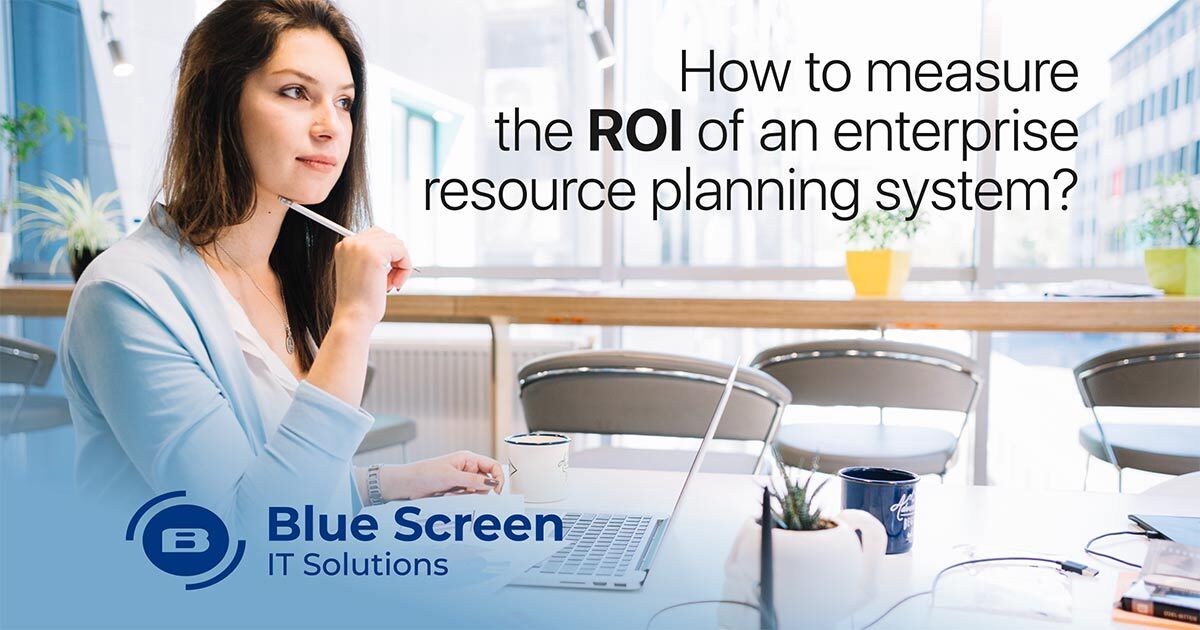From purchasing to production, to stocks, sales, customer service and financial management, managers look for a single, integrated software planning solution that enables them to accelerate key business processes in a collaborative way, linking employees, partners, suppliers and customers to a common data source. The benefits of using an enterprise resource planning system:
- Reduction of costs
- Productivity optimization
- Reduction of time-to-market
- Efficiency
- Information security
- Competitiveness
As they begin to look for this efficiency level, the enterprise resource planning system (ERP) appears to be an optimal tool for simplifying this value chain. They also are an essential resource for managers to run their business and to make it more competitive.
Streamline the company’s workflows and improve communication by opening up an intelligence path that is essential for better decision-making, but the investments are, as usual, very thoughtful from the point of view of the benefits they will bring to the organization and to the core business processes.
In order to know if an investment of this nature compensates, the idea is to make the alignment between the improvements that these systems bring to the organization and the costs involved in its implementation.
A formula that measures the return on investment for the Enterprise Resource Planning System: ROI= Net Benefits/Project Investment
According to Aberdeen Group, organizations obtain the most benefits for the Enterprise Resource Planning System, if the ERP Return on Investment (ROI) was identified before the start of the project and evaluated continuously throughout the implementation process.
The formula of calculating the ROI is simple, starts by calculating the Net Revenue that the investment will generate for the company during all the time that it will be operating, subtracting its acquisition costs and dividing it all by the own costs of acquiring.
In order to measure the return of an ERP implementation project, it is necessary to first diagnose the needs of the business and recognize tangible and intangible benefits, not everything can be measured. To achieve the ROI within the shortest time and to reduce costs from the Enterprise Resource Planning System to the maximum, enterprises need to have a platform that integrates the whole management of the company.
Managers have to know very well how much they will spend on the project, and this amount should avoid unexpected costs. Everything must be understood before moving ahead, from the needs and customizations, the architecture and software modules, the number of users, the duration of the implementation, or whether it is on premises or on the cloud.
ERP software covers various areas such as financial, sales, operational, human resources, planning, marketing, legal, accounting, customer service, and the ROI is usually delivered in line with the improvement of business processes on those areas. The Enterprise Resource Planning software transforms the raw data into actionable information and into better decisions.
Smart companies recognize that identifying benefits is a prerequisite for estimating an investment’s value. There are important benefits that will impact the ROI formula:
1. Reduction of costs
ERP management systems help reduce costs by avoiding the waste of raw materials and other materials, as well as reducing labor costs, errors, failures and rework.
2. Productivity optimization
Processes are organized and routine operations are automated.
3. Reduction of time-to-market
Improving and increasing productivity directly impacts on reducing the delivery of products and services
4. Efficiency
ERP integrates information from multiple departments, you can estimate the inventory needed for a given period, reducing the need to keep many products in stock. Check the example of a legal management software that centralizes legal processes data and documents, also monitor and control the delinquent loan accounts and automate collection processes.
5. Information security
The adoption of the ERP management system ensures more data security since the integration of information prevents loss and fraud.
6. Competitiveness
The ERP can be a competitive advantage in the market. The company can focus on the quality of products and services.
Enterprise Resource Planning (ERP) is the core of digital business. Check the TOP 5 ERP trends for 2020 and beyond
Return on Investment has become a universal tool in substantiating the effectiveness of IT projects. Once the organization has successfully defined the metrics for determining improvements, the value of these objectives can be easily measured, but it must be aligned with the improvements for the business that results from the project.
In addition to all business benefits, ROI will be better, with the correct choice of a committed partner with good service, who is willing to provide adequate support.
Remember that the basic goal of using an enterprise resource planning system is to provide one central repository for all information to improve the flow of data across the organization. Another tip: if you are a potencial ERP tool buyer you should check the main trends for the future.
The fact is that following a research from Market Research Study the Global ERP software market is expected to grow from USD 32.44 billion in 2017 to USD 49.03 billion by 2023.
If you have any question regarding ERP systems or on how to measure its ROI, feel free to contact us.

